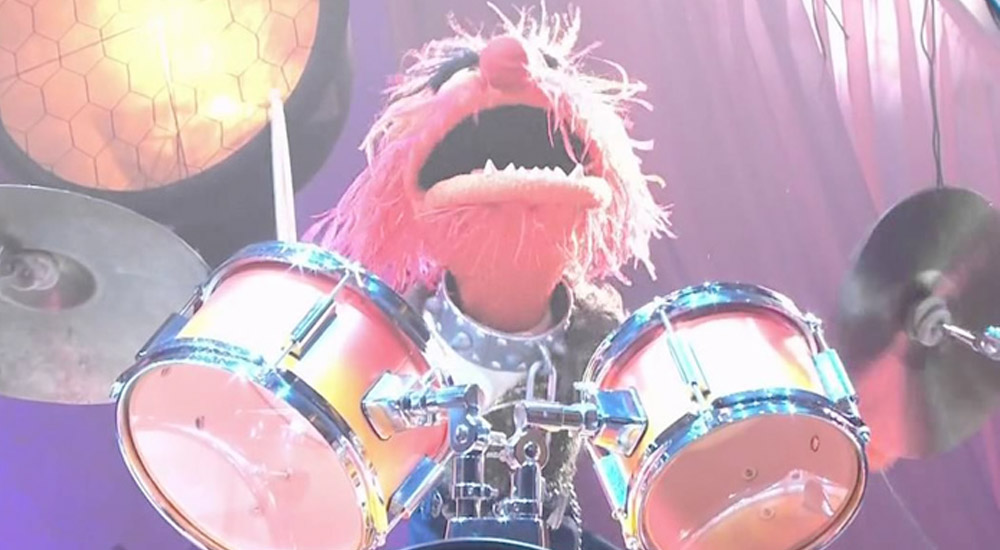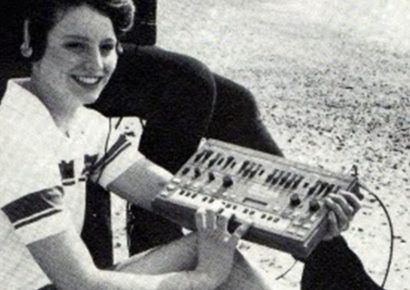A great teacher of mine took me through ideas for independence using the famous text by Ted Reed Syncopation For the Modern Drummer. Using a standard approach, I would play a jazz ride pattern, left foot hi-hat on 2 and 4 and play the reading exercise as a melody on the snare or bass drum. We also read the book literally and played the exercises with the notated bass drum ostinato (repeated phrase). These two approaches are great and should be looked at if you’re new to reading or Jazz independence. I really liked another idea my teacher had though, and that was to play the exercises over a funk groove. So, here are some ideas for straight feel independence.
Figure A shows a simple rhythmic phrase (with a little inspiration from our good friend Ted Reed). The next three bars show some essential independence, adding simple foot patterns whist you play the figure on the snare drum. This gets the knowledge of the phrase in your head but the real aim of this column is to work on groove independence so to do this, we’re going to reverse the roles here.
Starting simple, Figure B shows the beginning of this groove idea with straight 8ths in the hi-hat and beats 2 and 4 on the snare drum – a rock/funk groove. The rhythmic figure we originally played in the hands or ‘melody’ is now played in the bass drum. From now on, the melody will remain in the bass drum and the snare drum will remain a simple backbeat. It’s crucial to get this basic groove idea down and feeling comfortable before moving on.
Figures C and D move to using 16th note variations in the hi-hat. Figure C uses only the right hand to play the 16ths and this allows for the snare drum and hi-hat to sound at the same time. A slight variation to this is to use the two hands approach and alternate 16ths on the hats with the right hand coming down to play the backbeat. Be mindful to carefully line up the bass drum with either hand when playing.
The next ideas use a more broken type ostinato in the hats. You’ll see through Figures E to G variations and permutations of three 16th notes per beat. I’ve just tried to cycle through the available variations by shifting a 16th note each time. Figure H only uses two 16ths and this idea could also be moved and varied. Again, our bass drum and snare drum figures haven’t changed. These will keep you busy for a while!
Once you’re feeling comfortable with the ideas, Figure J offers some other options that I’ve found useful. There’s a Latin inspired Rumba, a single paradiddle, an inward paradiddle and a combination that Steve Gadd uses often. These options have some accents that can really put some pressure on the coordination so be sure to work slowly and cleanly.
Overall, I’ve found working on independence like this very rewarding and beneficial because I play patterns like this so much on a gig – and the grooves are interesting. There are infinite options to what you can practice. Some ideas and advice moving forward: each new exercise/phrase/combination will have its own challenge. Be patient and work slow.
I only used one rhythmic idea/phrase for the bass drum in these examples. You can use so many more. Make it up or get a sight-reading sheet. Make the snare drum part slightly different in those initial exercises – one note can make a difference. Focus on just one of the hand ostinatos at a time and cycle through bass drum melody variations before moving on. Play the melody in the hi-hat and make the bass drum and snare drum an ostinato. Mix and match the melody part between the hands and the snare for variation.








